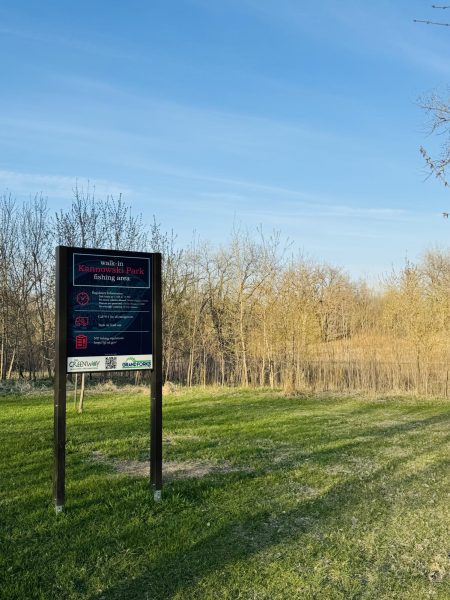Yoga, not just stretching
With all the buzz about health and wellness, a lot of people are looking for alternative ways of getting in shape, whether it be Crossfit, cycling, Pilates, Zumba or yoga. All are unique and focus on different aspects of the body and fitness.
Being an active yogi, I am attuned to the dismissing scoffs or the uninformed, “isn’t it just stretching?” To give the unaware some credit, there is indeed a lot of stretching, but that definitely is not all.
To break it down, yoga is body, mind and spirit. Poses are not only intended to increase flexibility, but also build strength and open your chest to open circulation from your heart and lungs to travel throughout your body, and breath. Body-twisting poses release toxins from your system. Active, purposeful breathing is very important in yoga — not only does it help with circulation, it also helps with posture and stability
The strength building within yoga is not the same as lifting or squatting weights, though it is demanding and challenging. You still have to focus on breath, balance and holding good form to receive benefit from the pose (and not injure yourself).
Limbs shake, a sweat breaks and you’re pretty sure the instructor is counting ten times slower than usual. The instant you hear the two wonderful words “and one,” you drop. Just as any other strength training, the more effort and time you put into it, the easier it becomes.
The challenges of balance and strength that yoga provides you with are not only physical. Similar to other workout regiments, endorphins, the “feel good” chemicals, are released. This, on top of rhythmic breathing and calming thoughts, will surely benefit mental wellness.
Many instructors end practice with five to ten minutes of Shavasana, or Corpse Pose — laying in whichever position you find most comfortable — and slowly and peacefully assist you in clearing your cluttered mind, an essential for the overloaded college student.
As far as spirituality goes, people of all backgrounds — religious, spiritual, or neither — find yoga a magnificent source for finding peace. I know other yogis who are religious and I know those who aren’t. Whichever you are, it doesn’t hinder your practice.
You can use a prayer of choice as a mantra, an inspiring quote, the Sanskrit often used in yoga, “Namaste” (said at the end of practice between the instructor and the student) which roughly translates to, “The inner peace or good bows to the inner peace or good in you,” or you can even create your own mantra. Whichever you decide on, your mantra can help erase any negativity the day or week has brought you (especially in Shavasana).
Yoga isn’t a practice that is for everyone but it’s definitely worth trying. It offers benefits and rewards to many aspects of our body’s wellness. UND’s Wellness Center offers various kinds of yoga including gentle, relax and sunrise. Don’t fret if you’re worried about not having equipment either, they have mats, belts and blocks for your use. If you have given yoga even just a little consideration, go for it. Challenge yourself on various levels so that bearing the weight of homework, exams and work is a little bit easier. Namaste.
Steph Gartner is a staff writer for The Dakota Student. She can be reached at [email protected].














